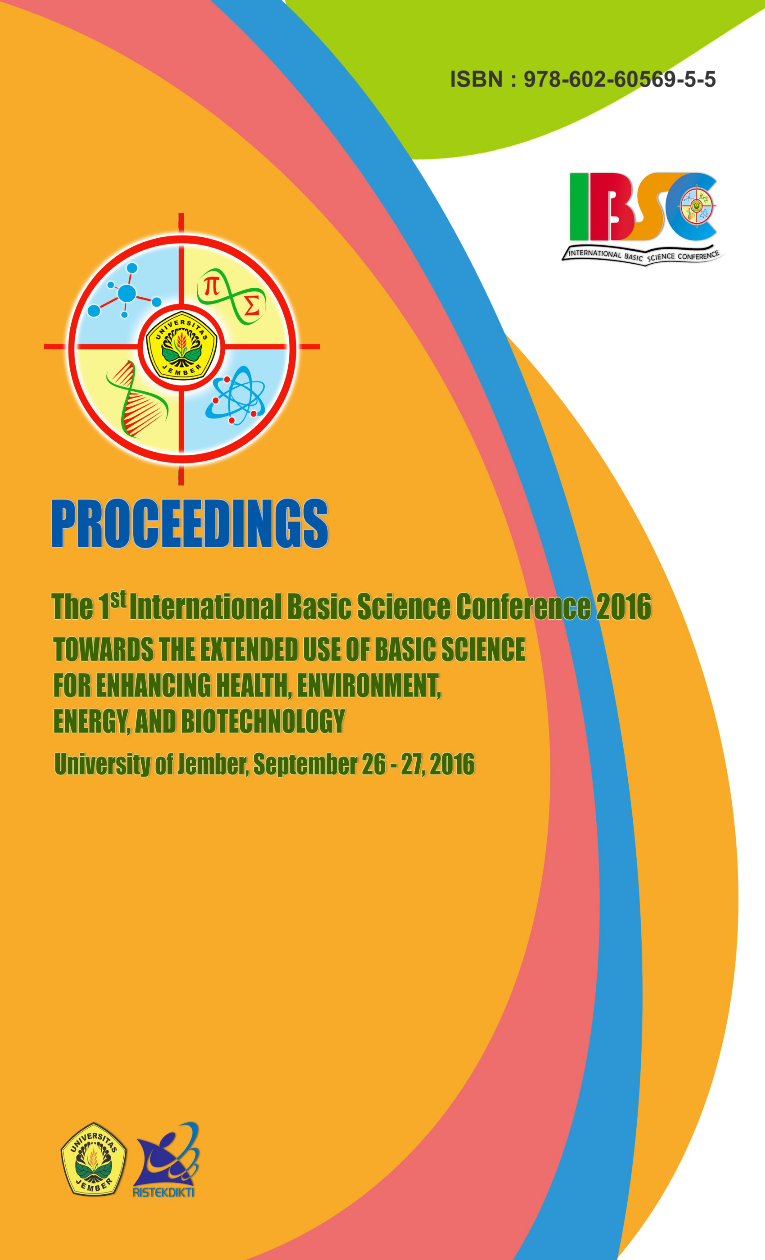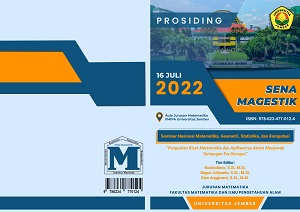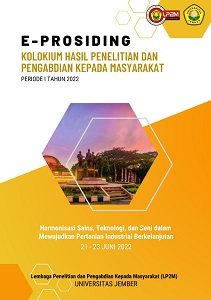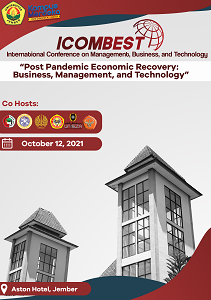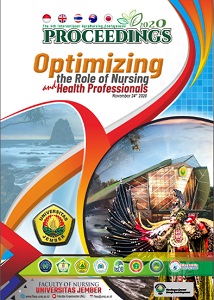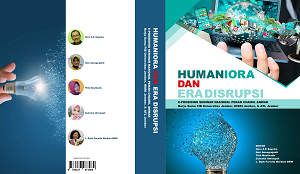ROLE OF REACTIVE OXYGEN SPECIES ON DEVELOPMENTS OF OSTEOCLASTOGENESIS IN AGING
Abstract
Osteogenesis is a process of development which is perfectly controlled by a number of extrinsic and instrinsic factors that consists of hormones, growth factors, cytokines produced in the bone marrow micro environment, due to process of molecules adhesion that mediate by the interaction of cells and cell-matrix, osteoblasts-specific signaling proteins and transcription factors (TFs). Recently, research explained that adherence osteoclasts on the bone surface and secretion of protons into an extracellular compartment between osteoclasts and bone surface together with the production of Reactive Oxygen Species (ROS) involved in the complex process of bone resorption. Superoxide role in the activation and transcription NF-κB factor is to increase osteoclastogenesis. Furthermore, it is alleged that ROS is involved in both differentiation of osteoclasts and osteoblast cell. Aging and diseases which associated with aging is a result of ROS that cause damage was reported increase with age. This review, which is dedicated to geriatric physicians, geriatric dentistry or gerodontology reviews ROS-related osteoclastogenesis in aging and as the basic of the research to determine benefit of ROS through NADPH oxidase activation in the osteopetrotic case.
Published
2017-08-08
How to Cite
SETYOWATI, Dyah Indartin; HAMZAH, Zahreni; MEILAWATY, Zahara.
ROLE OF REACTIVE OXYGEN SPECIES ON DEVELOPMENTS OF OSTEOCLASTOGENESIS IN AGING.
UNEJ e-Proceeding, [S.l.], p. 140-143, aug. 2017.
Available at: <https://jurnal.unej.ac.id/index.php/prosiding/article/view/4180>. Date accessed: 05 feb. 2025.
Section
General

